Vinyl chloroacetate
- CAS NO.:2549-51-1
- Empirical Formula: C4H5ClO2
- Molecular Weight: 120.53
- MDL number: MFCD00045275
- EINECS: 219-834-3
- SAFETY DATA SHEET (SDS)
- Update Date: 2025-01-27 09:38:02

What is Vinyl chloroacetate?
Chemical properties
Vinyl chloroacetate is a colorless clear liquid, almost insoluble in water, soluble in ethanol, carbon tetrachloride, ether, dimethylformamide and benzene. Irritating to skin and eyes. Corrosive. Slowly hydrolyzed to produce chloroacetic acid, which has an ecological impact. It can be used as a raw material for making methacrylic fibers with good affinity for acid dyes.
The Uses of Vinyl chloroacetate
Vinyl chloroacetate was used to study the effect of the electron-withdrawing groups on the ligand in a series of bis(acetylacetonate)cobalt(II) derivatives.
General Description
Vinyl chloroacetate appears as a colorless to light yellow colored liquid. Insoluble in water and denser than water. Contact may irritate skin, eyes and mucous membranes. Toxic by ingestion, inhalation or skin absorption.
Air & Water Reactions
Highly flammable. Insoluble in water.
Reactivity Profile
Vinyl chloroacetate reacts with acids to liberate heat. Strong oxidizing acids may cause a vigorous reaction that is sufficiently exothermic to ignite the reaction products. Heat is also generated by the interaction of esters with caustic solutions. Flammable hydrogen is generated by mixing with alkali metals and hydrides.
Health Hazard
TOXIC; inhalation, ingestion or contact (skin, eyes) with vapors, dusts or substance may cause severe injury, burns or death. Bromoacetates and chloroacetates are extremely irritating/lachrymators. Reaction with water or moist air will release toxic, corrosive or flammable gases. Reaction with water may generate much heat that will increase the concentration of fumes in the air. Fire will produce irritating, corrosive and/or toxic gases. Runoff from fire control or dilution water may be corrosive and/or toxic and cause pollution.
Fire Hazard
HIGHLY FLAMMABLE: Will be easily ignited by heat, sparks or flames. Vapors form explosive mixtures with air: indoors, outdoors and sewers explosion hazards. Most vapors are heavier than air. They will spread along ground and collect in low or confined areas (sewers, basements, tanks). Vapors may travel to source of ignition and flash back. Substance will react with water (some violently) releasing flammable, toxic or corrosive gases and runoff. Contact with metals may evolve flammable hydrogen gas. Containers may explode when heated or if contaminated with water.
Properties of Vinyl chloroacetate
| Boiling point: | 37-38°C 16mm |
| Density | 1.192 g/mL at 20 °C |
| vapor pressure | 6.973hPa at 20℃ |
| refractive index | n |
| Flash point: | 51°C |
| storage temp. | 2-8°C |
| Water Solubility | Difficult to mix in water. |
| BRN | 1741679 |
| CAS DataBase Reference | 2549-51-1(CAS DataBase Reference) |
| EPA Substance Registry System | Acetic acid, 2-chloro-, ethenyl ester (2549-51-1) |
Safety information for Vinyl chloroacetate
| Signal word | Danger |
| Pictogram(s) |
 Corrosion Corrosives GHS05  Exclamation Mark Irritant GHS07 |
| GHS Hazard Statements |
H302:Acute toxicity,oral H314:Skin corrosion/irritation |
| Precautionary Statement Codes |
P270:Do not eat, drink or smoke when using this product. P280:Wear protective gloves/protective clothing/eye protection/face protection. P301+P312:IF SWALLOWED: call a POISON CENTER or doctor/physician IF you feel unwell. P301+P330+P331:IF SWALLOWED: Rinse mouth. Do NOT induce vomiting. P303+P361+P353:IF ON SKIN (or hair): Remove/Take off Immediately all contaminated clothing. Rinse SKIN with water/shower. P305+P351+P338:IF IN EYES: Rinse cautiously with water for several minutes. Remove contact lenses, if present and easy to do. Continuerinsing. |
Computed Descriptors for Vinyl chloroacetate
New Products
4,4-Difluoropiperidine hydrochloride tert-butyl 9-methoxy-3-azaspiro[5.5]undecane-3-carboxylate Indole Methyl Resin N-Isopropylurea N,N-Dicyclohexylcarbodiimide(DCC) MELDRUMS ACID 5-METHYLISOXAZOLE-4-CARBOXYLIC ACID Magnessium Bis glycinate Zinc ascorbate 1-bromo-2-butyne 2-acetamidophenol 9(10H)-anthracenone Erythrosin B, 4-Piperidinopiperidine 2-((4-morpholinophenylamino) (methylthio) methylene) malononitrile 2,4-dihydroxybenzaldehyde 3-(4-morpholinophenylamino)-5-amino-1H-pyrazole-4-carbonitrile Methyl 2-methylquinoline-6-carboxylate 2,6-dichloro-4-nitropyridine 4-Bromo-2-chlorobenzonitrile 2-(benzylamino)acetic acid hydrochloride 4-(tert-Butoxycarbonylamino)but- 2-ynoic acid 3,4-dihydro-2H-benzo[b][1,4]dioxepine 1-Phenyl-1-cycloprppanecarboxylicacidRelated products of tetrahydrofuran
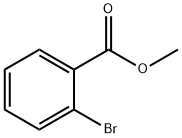

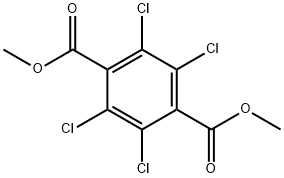
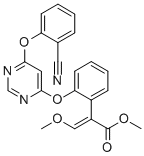

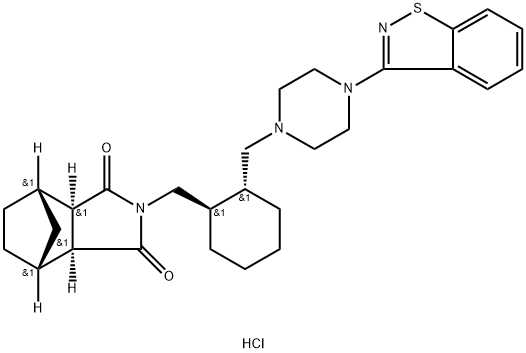
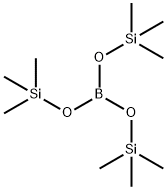

You may like
-
 Vinyl chloroacetate, stabilized with 4-methoxyphenol CAS 2549-51-1View Details
Vinyl chloroacetate, stabilized with 4-methoxyphenol CAS 2549-51-1View Details
2549-51-1 -
 Vinyl Chloroacetate (stabilized with MEHQ) CAS 2549-51-1View Details
Vinyl Chloroacetate (stabilized with MEHQ) CAS 2549-51-1View Details
2549-51-1 -
 Vinyl chloroacetate CAS 2549-51-1View Details
Vinyl chloroacetate CAS 2549-51-1View Details
2549-51-1 -
 3-(4-amino-1-oxoisoindolin-2-yl)-1-methylpiperidine-2,6-dione 98%View Details
3-(4-amino-1-oxoisoindolin-2-yl)-1-methylpiperidine-2,6-dione 98%View Details -
 20677-73-0 (2,2-diethoxyethyl)methylamine 98%View Details
20677-73-0 (2,2-diethoxyethyl)methylamine 98%View Details
20677-73-0 -
 3-(4-(hydroxyamino)-1-oxoisoindolin-2-yl)piperidine-2,6-dione 98%View Details
3-(4-(hydroxyamino)-1-oxoisoindolin-2-yl)piperidine-2,6-dione 98%View Details -
 57381-49-4 2-bromo-4-chlorobenzonitrile 98%View Details
57381-49-4 2-bromo-4-chlorobenzonitrile 98%View Details
57381-49-4 -
 4,6-dichloropyrimidine-5-carbaldehyde 98%View Details
4,6-dichloropyrimidine-5-carbaldehyde 98%View Details
5305-40-8
